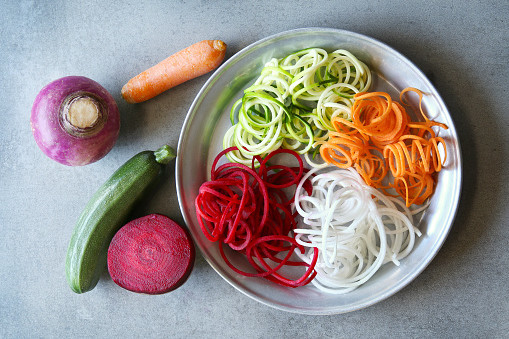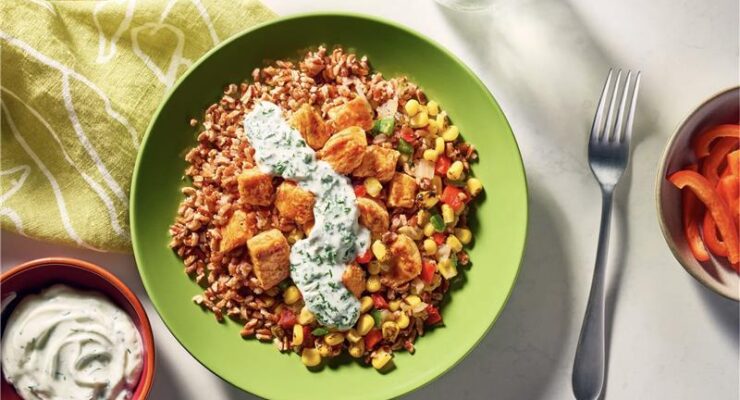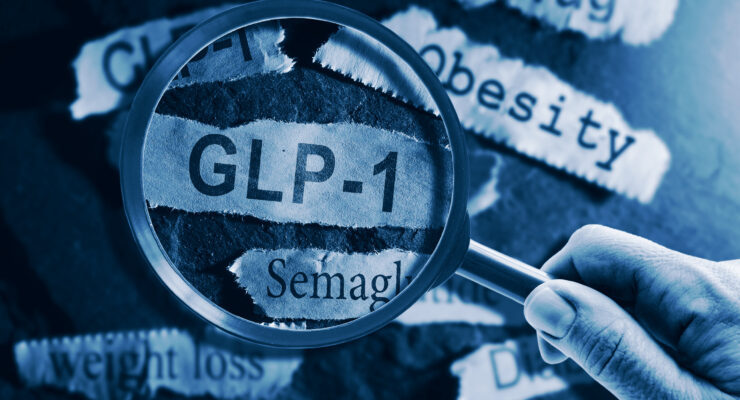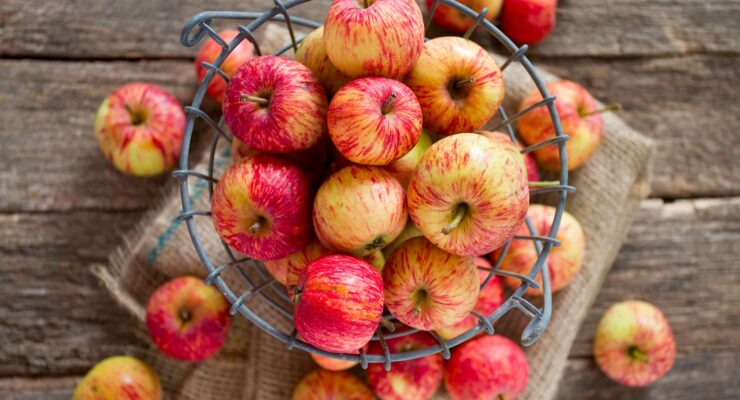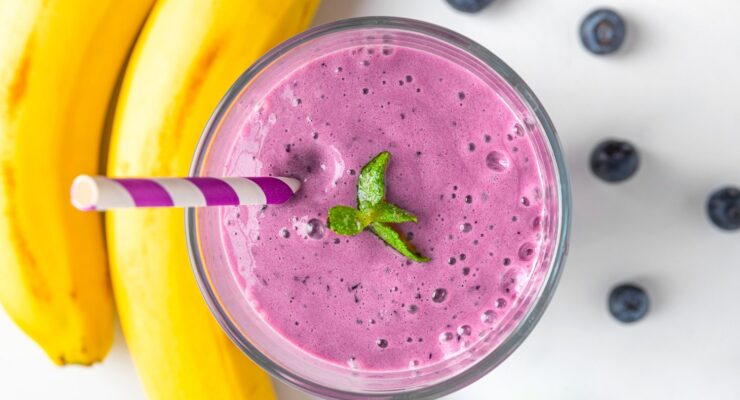Healthy Pasta Alternatives: Which Should You Buy and Which Should You Skip
Article posted in: Experts’ Corner Diet & Nutrition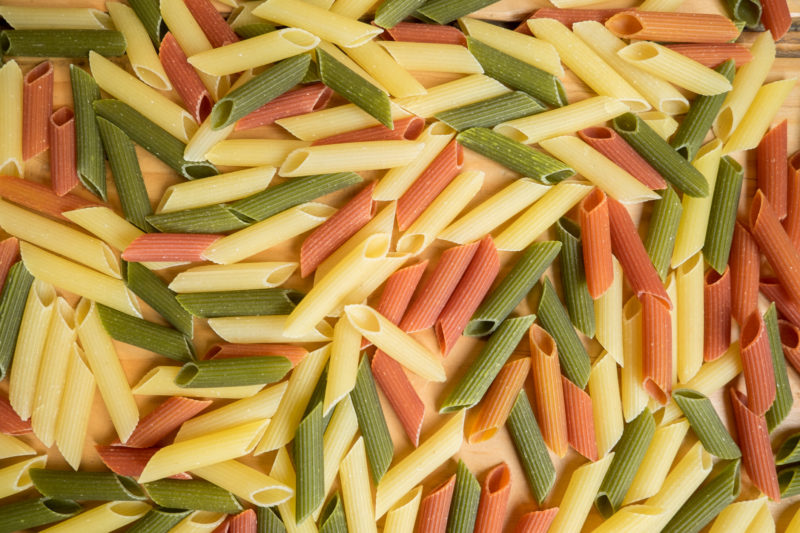
If you’re trying to lose weight, you know that on many diets, pasta is the first thing to go. Those gummy, wheat-y noodles get scrapped in low carb diets, trashed by gluten-free folks, clubbed by caveman programs and marked as “empty calories” by just about every other regimen. If you love pasta, this can be tough, but you don’t have to give it up to lose weight—you just have to seek out the healthy pasta options out there that are actually good for your diet.
Thousands of people have lost weight eating healthy pasta options that are higher in protein and fiber, like the pasta dishes on Nutrisystem.
Other food companies have taken note and they’re making “healthier” pastas out of all kinds of stuff—beans, vegetables and even seaweed. But are they really healthier?
We asked Nutrisystem Dietitian Mandi Knowles to give her expert opinion on which healthy pasta options are actually good for your diet:
Chickpea Pasta
How it stacks up to white:
A two-ounce serving of chickpea pasta has 190 calories, just 10 fewer calories than in white pasta. However, chickpea pasta has eight grams of fiber per serving, compared to just three grams in normal pasta and 14 grams of protein, which is double what you’ll find in the semolina version.
Fiber and protein are slow to digest, so the chickpea version could keep you feeling fuller, longer. (Click here to learn how to get more fiber into your diet >)
Taste reviews:
Reviewers say chickpea pasta cooks similarly to regular semolina pasta and when sauced, tastes similar, too. Some reviewers have commented that the texture is closer to whole wheat pasta—a little grittier—than white, though.
Good for your diet? Thumbs Up:
If you enjoy them, Knowles says, bean-based pastas are a great way to add extra protein and fiber to your diet.
“Gram for gram, most of these pasta alternatives provide the same amount of calories, but fewer starches and sugars and more fiber and protein–making them a great choice to help keep you feeling fuller longer,” she says.
Just be sure to watch your portion sizes: Many bean-based pastas list their serving sizes as three ounces. For those on a weight loss program, Nutrisystem recommends a serving size of one ounce for pasta, which is about a half-cup cooked.
Black Bean Pasta
How it stacks up to white:
Well, for starters, it’s purple. But black bean penne has fewer calories (93) per ounce than regular, white penne pasta (100 calories per ounce). The black bean variety has more fiber—4.3 grams per ounce, compared to 1.5 grams for white—and double the protein of regular penne.
Taste reviews:
Even people who give high ratings to black bean pasta say it’s not the same as regular. Some describe it as “dense” compared to semolina pasta and others say it has a “strong and strange aftertaste.” One reviewer said that if she didn’t suffer from a wheat allergy, she’d be eating wheat over this product.
Good for your diet? Thumbs Up:
Like chickpeas, this bean-based pasta provides extra protein and fiber to help you get and stay full. If the texture doesn’t bother you, have at it!
“Veggie” Pasta
How it stacks up to white:
Major pasta manufacturers add zucchini and other green veggies to turn their normal noodles green, with one company packing in enough green in one portion for a full serving of vegetables. But while it is often deemed a healthy pasta, somehow, it has less fiber: A two-ounce serving of veggie spaghetti has two grams of fiber, compared to three grams for white. It’s got one gram more protein than regular, though.
Taste reviews:
Pretty good! When covered in sauce, there’s little taste difference. One reviewer said that, unlike whole wheat pasta, the veggie-added spaghetti doesn’t suffer from a difference in texture.
Good for your diet? Thumbs Down:
“The amount of extra veggies [these pastas] bring to your diet is minimal,” Knowles says. “One popular brand requires one and a half servings just to get a single serving of veggies into your diet. This means in order to get a serving of veggies, you need to consume 360 calories—that’s a lot considering one serving of veggies is approximately 25 calories!”
Knowles’ suggestion: Stick with a measured portion of regular pasta and have a side of veggies.
Green Lentil Pasta
How it stacks up to white:
Like black bean pasta, this legume-based noodle has more fiber and protein than traditional semolina pasta, so it should help you get and stay full. It’s also got 28 percent of your daily iron and 21 percent of your daily magnesium, a mineral that helps regulate chemical reactions in the body including protein synthesis—the processing of protein into energy and muscle tissue.
Taste reviews:
When cooked according to package directions, reviewers say lentil pastas have a similar texture to regular wheat pasta. However, reviews are mixed on the flavor: Some say it’s good, while others say it “can’t compare” to normal noodles.
Good for your diet? Thumbs Up:
Bean-based pastas get the go-ahead. Just be sure to watch your portions! Click here to discover more guilt-free and delicious pasta options >
Kelp Noodles
How it stacks up to white:
They’ve got almost no calories: A three-ounce serving of kelp noodles has just six calories. White pasta has 300 calories in the same weight.
Taste reviews:
Neutral, but stiff. Even positive reviews of kelp noodles mention that they’re a bit hard, with devotees sharing tips on softening them up. One person recommends letting them soak for 15 minutes before cooking, while another suggests adding a squeeze of lemon to the pasta water.
Good for your diet? Thumbs Up for calories, Thumbs Down for overall nutrition:
Why? “They actually provide very little nutrition to our bodies,” Knowles says, “but they are very low in calories and carbohydrates, so they may be a great alternative for someone that is looking for a pasta alternative while trying to keep their calories low.”
Kelp noodles are so low in calories, in fact, that Nutrisystem members can consider it a “free food”—an unlimited food, like lettuce, that doesn’t count against your daily calorie intake.





